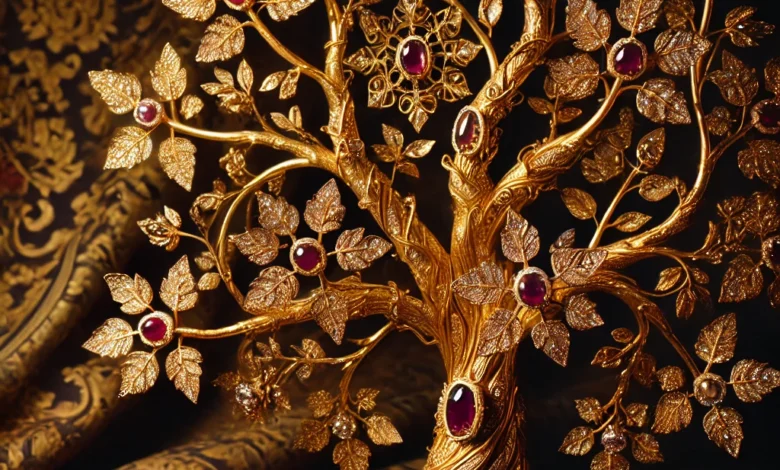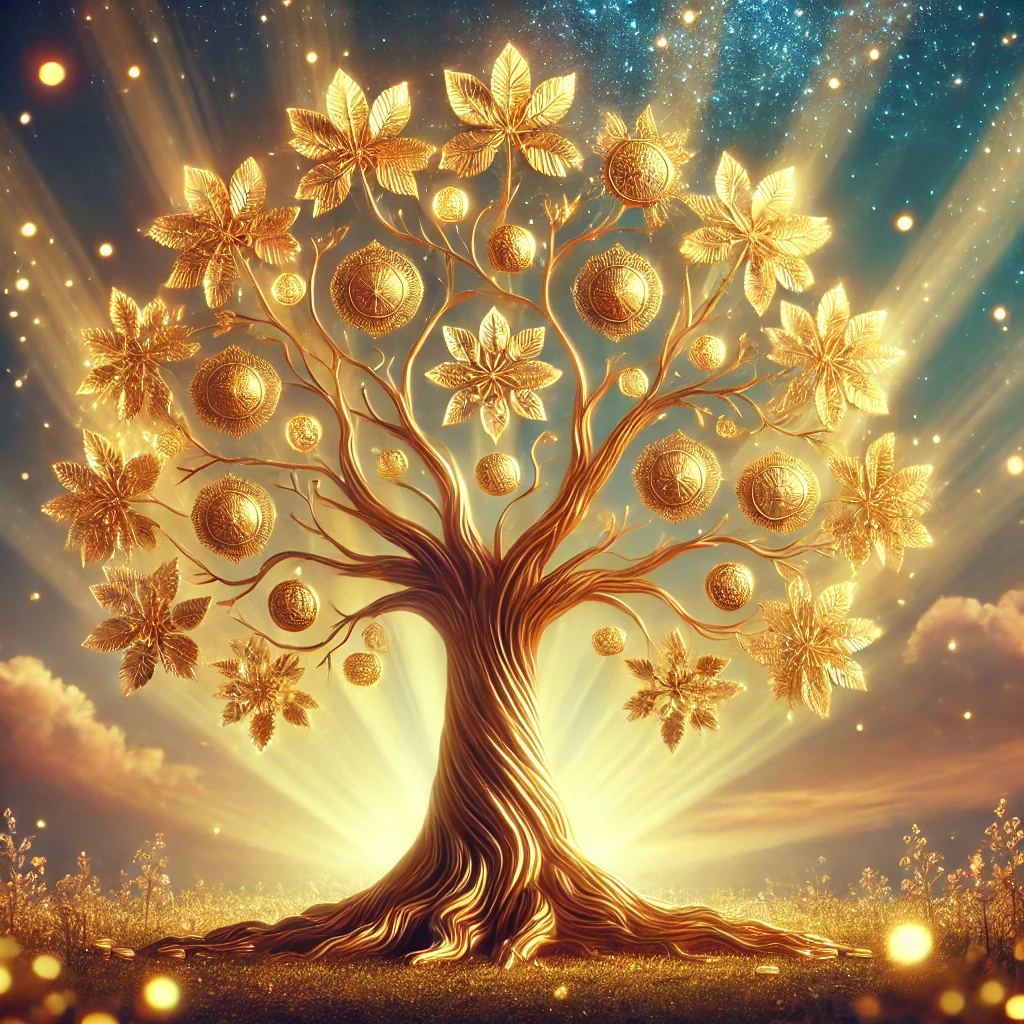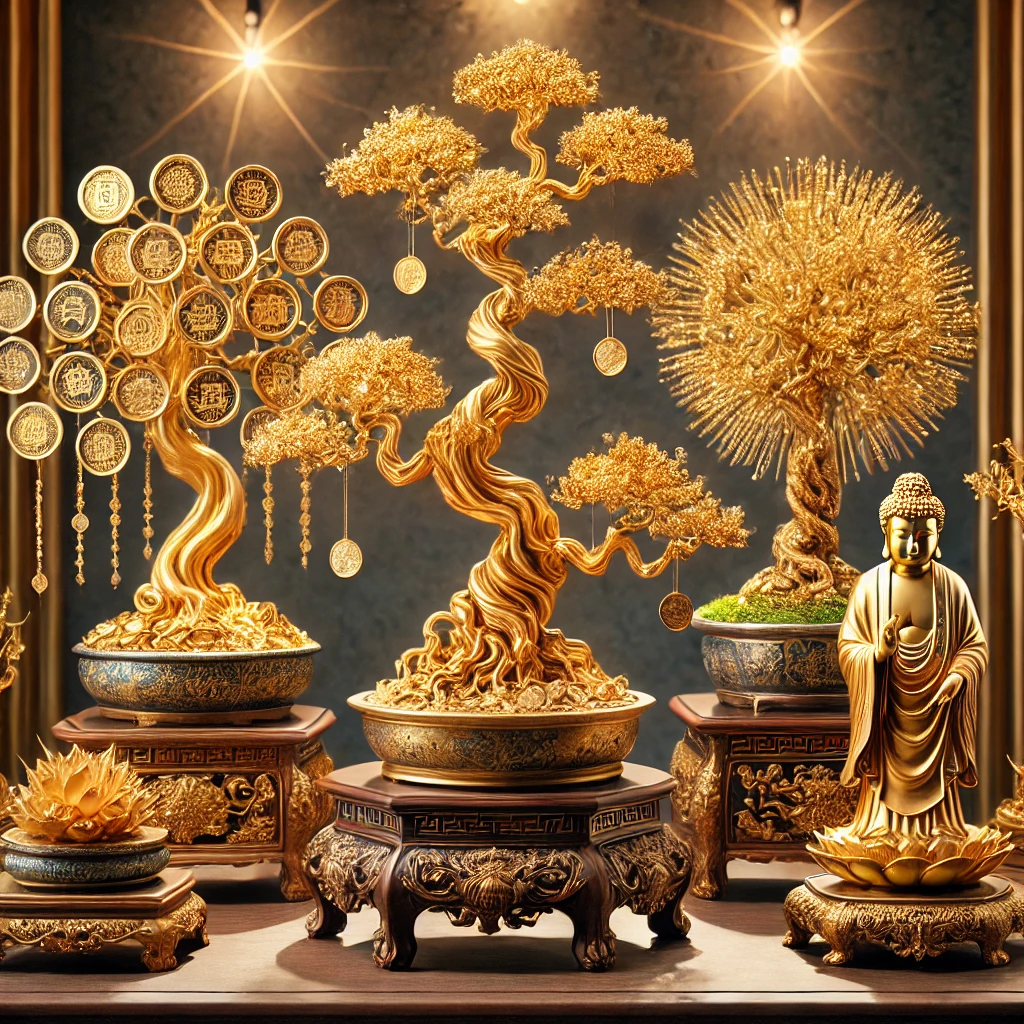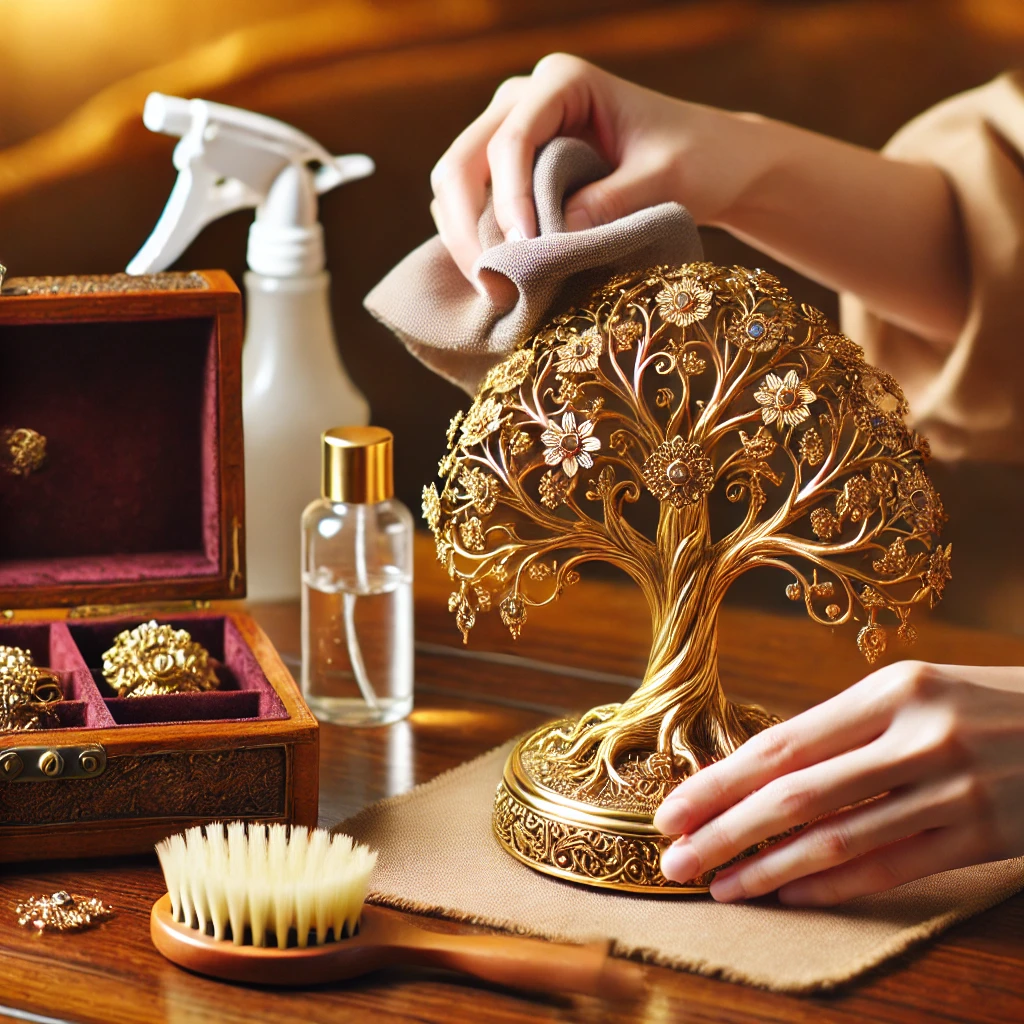
Introduction
The antique gold tree is a stunning decorative piece that has been cherished across cultures for centuries. Whether in the form of jewelry, sculptures, or home décor, this timeless artifact symbolizes wealth, wisdom, and prosperity. Many antique gold trees feature intricate craftsmanship, reflecting the artistic and cultural values of different civilizations.
In this article, we will explore the history, symbolism, craftsmanship, and modern relevance of the antique gold tree. Whether you are a collector, an art enthusiast, or simply curious about this unique artifact, this guide will provide you with valuable insights.
The History of the Antique Gold Tree
Gold has been a symbol of status and wealth for thousands of years. Ancient civilizations such as the Egyptians, Romans, and Chinese valued gold not just for its rarity but also for its spiritual significance. The gold tree is a motif that has appeared in various historical artifacts, often associated with divinity, immortality, and abundance.
Ancient Civilizations and Gold Trees
- Egyptian Influence: The Egyptians believed that gold was the “flesh of the gods.” Some tombs have been found with golden tree artifacts, representing eternal life.
- Chinese Dynasties: In ancient China, golden tree sculptures were associated with feng shui, symbolizing prosperity and harmony.
- Greek and Roman Influence: Greek mythology often depicted golden trees in the Garden of Hesperides, where they bore golden apples that granted immortality.
- Indian Culture: The Kalpavriksha, or the “wish-fulfilling tree,” has been depicted in gold in various Hindu and Buddhist artworks.
Each civilization had its unique interpretation of the antique gold tree, yet they all shared the belief that it represented divine blessings and fortune.
Symbolism of the Antique Gold Tree

The antique gold tree is not just a decorative item; it holds deep symbolic meanings:
1. Wealth and Prosperity
Gold has always been a representation of financial success. Having an antique gold tree in one’s home or business is believed to attract prosperity.
2. Strength and Longevity
Trees symbolize endurance and resilience. A gold tree further emphasizes these traits, representing a life of stability and long-lasting success.
3. Spiritual Growth
Many cultures associate trees with spiritual enlightenment and wisdom. In Buddhist and Hindu traditions, golden trees symbolize inner growth and self-discovery.
4. Aesthetic and Artistic Significance
Beyond its spiritual symbolism, the gold tree is a masterpiece of craftsmanship. The intricate designs reflect meticulous artistry, making it a valued collectible.
Craftsmanship of Antique Gold Trees
The making of an antique gold tree involves extraordinary craftsmanship. Skilled artisans use techniques passed down through generations to create these exquisite artifacts.
1. Materials Used
- Pure Gold or Gold-Plated Metals: Some antique gold trees are made from solid gold, while others feature gold plating over brass or silver.
- Gemstones and Enamel: Many gold trees are embedded with precious stones like rubies, emeralds, or diamonds to enhance their beauty.
- Hand-Carved Details: Some trees feature delicate hand-engraved branches and leaves, adding a realistic touch.
2. Traditional Techniques
- Goldsmithing: Involves melting and shaping gold into intricate tree-like structures.
- Filigree Work: A delicate method where fine gold wires are twisted into patterns resembling tree branches.
- Embossing: Raising designs onto the metal surface to create texture and depth.
- Chiseling: Hand-carving patterns to create realistic bark and leaves.
Each technique contributes to the uniqueness of the antique gold tree, making it a valuable collector’s item.
Popular Types of Antique Gold Trees

Over the centuries, different types of gold trees have been created, each with its own artistic and cultural significance.
1. Feng Shui Gold Money Tree
- Used in Chinese homes and businesses to attract financial success.
- Often features gold coins hanging from its branches.
- Symbolizes abundance and luck.
2. Gold Bonsai Tree
- A miniature decorative tree made of gold.
- Popular in Japanese and Chinese décor.
- Represents patience and artistic perfection.
3. European Gilded Trees
- Found in European palaces and mansions.
- Often part of luxurious furniture or chandeliers.
- Features Baroque or Rococo-style ornamentation.
4. Religious and Mythological Gold Trees
- The Tree of Life in Christianity is sometimes depicted in gold.
- The Golden Bodhi Tree in Buddhism symbolizes enlightenment.
- The Tree of Knowledge from the Bible represents wisdom.
Each type of antique gold tree carries its own historical and artistic essence, making them cherished heirlooms.
Where to Find Antique Gold Trees
If you are looking to purchase an authentic antique gold tree, consider these sources:
1. Antique Shops and Galleries
Many high-end antique dealers have gold tree sculptures and jewelry that date back centuries.
2. Online Auctions and Marketplaces
- Christie’s and Sotheby’s often auction rare gold artifacts.
- eBay and Etsy have collectible gold trees, but be cautious of authenticity.
3. Museums and Exhibitions
Some of the world’s most famous gold trees can be found in museums like:
- The Louvre (Paris)
- The British Museum (London)
- The Metropolitan Museum of Art (New York)
4. Private Collectors
Wealthy collectors often own rare and historical gold trees, some of which become available for purchase through private deals.
Caring for an Antique Gold Tree

If you own or plan to buy an antique gold tree, proper maintenance is essential.
1. Cleaning and Polishing
- Use a soft microfiber cloth to remove dust.
- Avoid harsh chemicals; use mild soapy water for cleaning.
- For high-value pieces, professional cleaning is recommended.
2. Storage and Display
- Keep the tree in a temperature-controlled environment.
- Avoid direct sunlight to prevent fading.
- Store in a velvet-lined box if not on display.
3. Insurance and Documentation
- Ensure your antique is appraised and insured.
- Maintain certificates of authenticity and provenance records.
Modern Uses of Antique Gold Trees
Though antique gold trees are primarily collectibles, they are also used in modern interior design and cultural celebrations.
1. Home Décor
Many people use antique gold trees as a focal point in luxury interiors.
2. Jewelry and Fashion
Gold tree pendants, earrings, and brooches are popular in high-end jewelry collections.
3. Corporate and Wedding Gifts
A gold tree represents good fortune and success, making it an ideal gift for executives and newlyweds.
4. Art and Sculpture Collections
Artists continue to create modern versions of gold trees, blending contemporary styles with traditional craftsmanship.
Conclusion
The antique gold tree is more than just a piece of art—it’s a symbol of prosperity, wisdom, and timeless beauty. Whether showcased in a museum, worn as jewelry, or displayed in homes, it carries a rich cultural and artistic heritage.
For collectors, antique enthusiasts, and art lovers, the gold tree remains a prized possession, reflecting the brilliance of ancient craftsmanship.
So, whether you want to invest in one or simply admire its beauty, the antique gold tree will always be a symbol of elegance and prosperity.
FAQs
Q1: How do I know if my antique gold tree is genuine?
A: Look for hallmarks, expert appraisals, and provenance records to verify authenticity.
Q2: How much does an antique gold tree cost?
A: Prices vary based on age, craftsmanship, and historical value, ranging from a few hundred to millions of dollars.
Q3: Can I clean my gold tree at home?
A: Yes, but use soft cloths and mild cleaners to avoid damage.
Q4: Are gold trees a good investment?
A: Yes! Authentic antique gold trees often increase in value over time, making them a worthwhile investment.
Q5: Where can I buy a real antique gold tree?
A: Reputable auction houses, antique dealers, and online marketplaces are your best options. For more information visit ventsicon.com